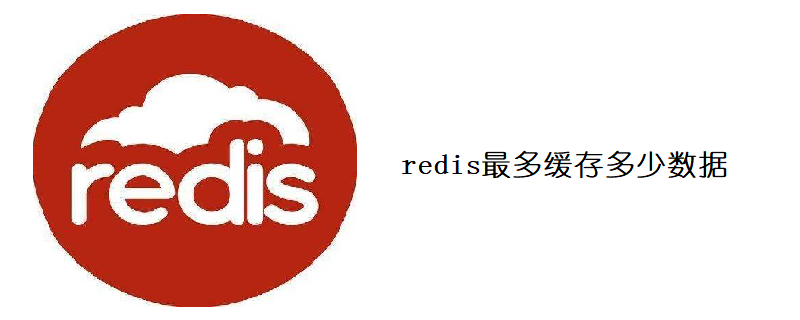Redis occupies an increasingly important position in distributed applications. With just tens of thousands of lines of code, a high-performance data storage service is implemented.

Check the redis source code and find that redis will time out under certain circumstances, as follows:
1. Network. Redis processing is closely related to the network. If the network is interrupted, redis timeout is likely to occur. If this situation occurs, you should first check the network bandwidth information of the redis machine to determine whether there is an interruption.
2. Memory. All redis data is stored in memory. When the physical memory is not enough, Linux OS will use swap memory, causing memory swapping. At this time, if there is a redis call command, a redis timeout will occur. Here you can adjust the /proc/sys/vm/swappiness parameter to set the amount of physical memory used before swapping.
Maximum cache setting
Example: maxmemory 100mb
Unit: mb, gb.
The default is 0, and the maximum cache is not specified. If new data is added and exceeds the maximum memory, redis will crash, so it needs to be set.
After setting maxmemory, the cache data recycling policy must be set accordingly.
The above is the detailed content of How much data can redis cache at most?. For more information, please follow other related articles on the PHP Chinese website!
 Commonly used database software
Commonly used database software
 What are the in-memory databases?
What are the in-memory databases?
 Which one has faster reading speed, mongodb or redis?
Which one has faster reading speed, mongodb or redis?
 How to use redis as a cache server
How to use redis as a cache server
 How redis solves data consistency
How redis solves data consistency
 How do mysql and redis ensure double-write consistency?
How do mysql and redis ensure double-write consistency?
 What data does redis cache generally store?
What data does redis cache generally store?
 What are the 8 data types of redis
What are the 8 data types of redis